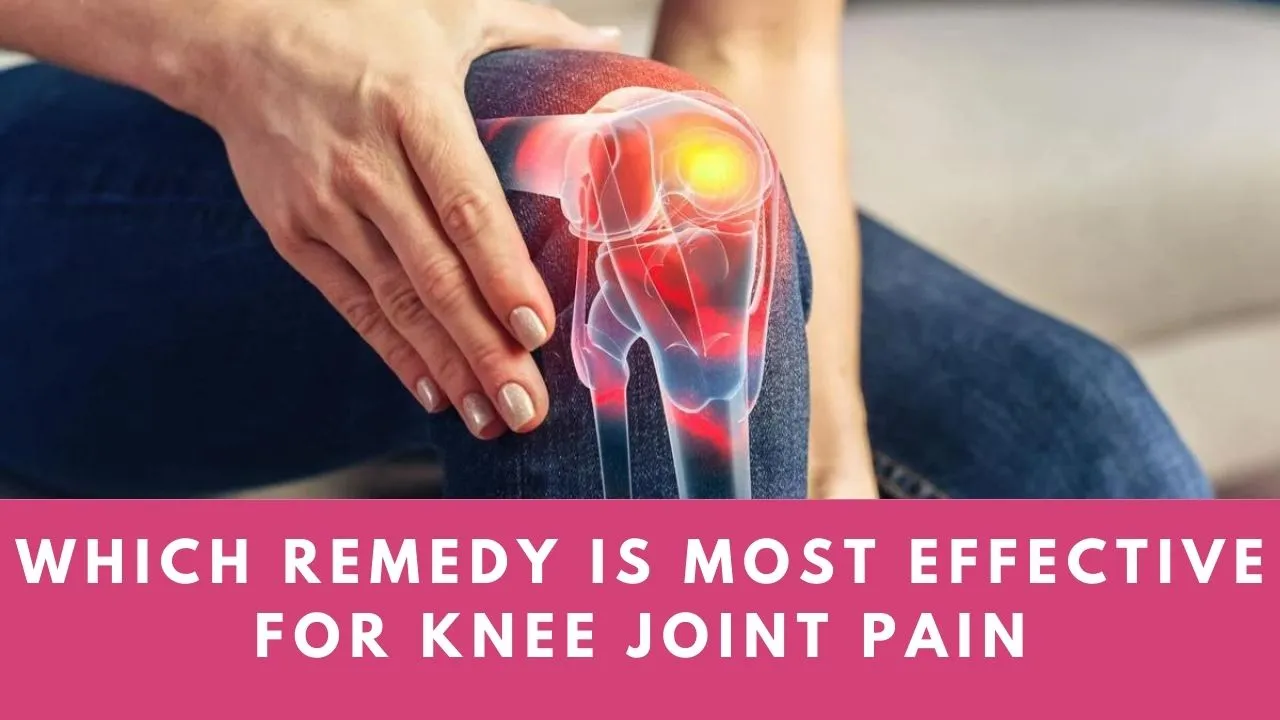For patients with knee joints pain Due to osteoarthritis, injecting medication into the joint cavity is an effective method. At present, sodium hyaluronate and cortisone are mainly injected, and the functions and effects of the two are also different.
Sodium hyaluronate injection
Also called sodium hyaluronate, the human body produces sodium hyaluronate itself, which relieves knee pain and lubricates, cushions and ensures smooth movement of the joints. If you suffer from osteoarthritis, the hyaluronic acid in the joints becomes thinner. It is not necessary to immediately inject hyaluronic acid from outside the body, but first carry out conservative therapy or anti-inflammatory and analgesic treatment. If it is ineffective, you should consider using it again. This is because the effects of sodium hyaluronate vary from person to person, and in some patients the effect is less than painkillers, which are fine, but may not work in other patients.

sodium hyaluronate injection
Basically, sodium hyaluronate injections are performed five times a week and injected once a week. However, in actual operation, it can be increased or decreased according to the severity of the patient. This injection is particularly suitable for patients with early or mild arthritis. If they are already at an advanced stage of development, the microcirculation in the joint has changed, making the injections more difficult to work.
Sodium hyaluronate injection is particularly suitable for:
1. Joint pain.
2. Swelling and inflammation are not serious.
3. Patients with early osteoarthritis hope for physical activity.
When giving the injection, the doctor first cleans the injection site. If there is swelling and fluid accumulation, the doctor first injects painkillers, then uses a needle to remove the fluid from the knee and finally injects sodium hyaluronate into the knee joint. The injection method for other medications is basically the same.
Cortisone injection
Also called corticosteroid injections, the body produces corticosteroids, natural hormones that relieve knee pain, swelling and inflammation. The artificial corticosteroid is called cortisone and is more effective than the natural one. It is an anti-inflammatory drug that can quickly reduce inflammation and swelling. Many studies have shown that its effect is better than that of sodium hyaluronate. However, it also has side effects. Too much injection can cause damage to joint cartilage, which is not conducive to controlling chronic diseases such as diabetes. Some patients experience more pain after the injection.
Steroid injections are particularly suitable for:
1. Acute joint pain
2. Severe swelling or inflammation.
Due to its hormone-like effect, cortisone should not be injected frequently, at most 3 to 4 times per year.
The difference between the two
Sodium hyaluronate is a lubricant best suited for people with mild or no osteoarthritis. Usually, in the early stages of arthritis, when the body is more active, the patient has less joint pain, swelling and fluid retention, and people who hope to resume activities as quickly as possible, such as those who have the habit of running or hiking are generally younger. Sodium hyaluronate injection is also suitable for people who are allergic to steroid injections. The disadvantage is that the effect after the injection is not immediate and can take several weeks. The effect occurs but lasts for a long time, on average six months to a year.
Cortisone is an anti-inflammatory drug. Although it has mild side effects, it can relieve pain more quickly. This is best suited for patients with mid- to late-stage osteoarthritis. It has obvious effects on inflammation, swelling or knee joint effusion and its action is rapid. It works faster than hyaluronic acid and can quickly relieve pain after injection. A typical example is knee joint swelling caused by acute gout. The effects usually last for several months after the injection. The main side effects include destruction of cartilage, but patients with mid- to late-stage osteoarthritis have already suffered a lot of cartilage damage. To relieve pain, the side effects of cortisone on cartilage do not need to be taken into account too much at this time.
Can the two be used together?
Yes, for better results, patients with joint pain and swelling can receive an injection of cortisone first and then an injection of sodium hyaluronate 4 weeks later. Depending on the patient’s condition, the doctor may also use a combination of them at the same time. Please consult your doctor about specific medical conditions.





